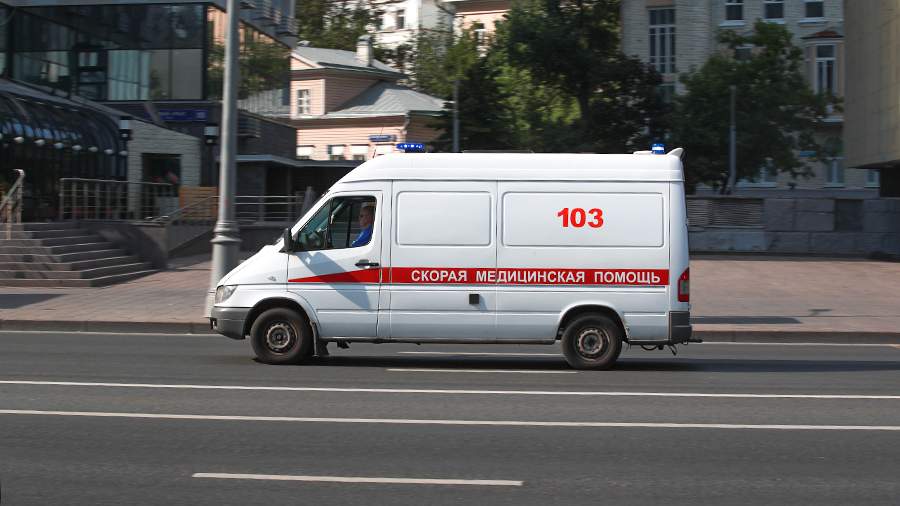To Ukraine about 17,000 anti-tank weapons have been delivered in the past week alone, the US newspaper reported The New York Times on Sunday. According to US media reports, the pace of transportation has accelerated.
In a couple of weeks, many news followers have learned new words: Stinger, Javelin, NLAW, Carl Gustaf. At the moment, it is precisely these anti-tank weapons that seem to have proved to be important for Ukraine’s defense, and Ukraine certainly knew this in advance. Indeed, Ukraine has repeatedly requested Javelins and NLAW weapons in particular.
But what kind of weapons are these?
M-72 (LAW)
LAW is a lightweight lump sum developed in the United States in the 1960s. There are already more than ten different versions. LAW stands for “light anti-tank Weapon”.
In Finland, M-LAW singles have been used by the Defense Forces under the name 66 KES 88, more commonly known as “Kessi”.
At least Norway and Canada have reported sending M-72 shackles to Ukraine, but no further information is available on their versions. Denmark has sent 2,700 anti-tank weapons to locals media information may be a modern M72 EC LAW model. They are made by the Norwegian Nammo.
NLAW
NLAW in turn, it is the handwriting of the Swedish Saab Bofors Dynamics and the British Thales Air Defense. The abbreviation comes from the words “next generation light anti-tank Weapon”.
The one-meter, disposable anti-tank missile weighs more than 12 pounds. It has a range of 20 to 800 meters and is easy to move around.
Sweden has sent 5,000 NLAW missiles to Ukraine, Britain 2,000 and Luxembourg a hundred. Figures are based on data from early March and may be incomplete.
This is a fairly new weapon: it was introduced in 2009. Field experience of the wars that preceded Russia’s invasion of Ukraine has been limited to Yemen’s civil war, but has been encouraging in the fight against armor. Ukraine is said to have specifically requested NLAW missiles from Britain.
New, light anti-tank missiles have also proven effective in Ukraine.
In Finland, these missiles are used by the Defense Forces under the name RSLPSTOHJ NLAW.
FGM-148 Javelin
Made in the USA Javelin has been used by the world’s armed forces since the mid-1990s. The Javelin system for the disposable missile and launch tube includes a sighting device that includes the required electronics with displays and an infrared sighting.
The missile can fly to an altitude of more than three kilometers, and its range extends to about five kilometers.
As is typical of U.S. weapons technology, Javelin is easy to use: we talk about the so-called “shoot and forget” technology. When the user of the missile gets it aimed, he locks the target to his missile screen and from then on the missile travels to its target itself after launching.
The system and its missiles weigh more than 20 pounds when ready for use, so it is not the smallest and most agile means of destroying armor.
Screenshot from saintjavelin.com.
By early March, at least Estonia, the United States, Latvia, Lithuania, Australia, and Britain had shipped or are about to ship FGM-148 Javelins to Ukraine.
FGM-148 Javelin has risen to an iconic position in the Ukrainian war. For its part, this has seemed impressive charity campaign. It sells St. Javelin’s products and donates the proceeds to Ukraine through a Canadian organization.
FIM-92 Stinger
American The Stinger, manufactured by Raytheon, is a shoulder-fired, infrared anti-aircraft missile. They have been supplied to Ukraine by at least Germany, Italy, Latvia, Lithuania and the Netherlands.
The missile, with its launch devices, weighs about 15 pounds and has a range of five kilometers.
Stingers are estimated to be effective, especially against Russian combat helicopters. They were used for the same purpose in the first war in Afghanistan, when they were donated by the U.S. CIA for the successful destruction of Soviet military helicopters. They were first used in a war situation in the 1982 Falklands War.
Today, there are several versions of the FIM-92 Rings, and there is no exact information about all the versions received by Ukraine.
Finland has Stinger RMB Block 1 missiles at its disposal.
Workers of the Ukrainian Armed Forces unloaded Stinger cargo arriving from Lithuania at the Kiev Boryspil airport on 13 February.
A soldier from the German army, the Bundeswehr, will hold the Panzerfaust 3 anti-tank missile on exercise in Münster in 2016.
Panzerfaust
Netherlands has sent at least 50 German Panzerfaust-3 weapons and 400 rounds of ammunition to Ukraine. Panzerfaust is at its best for a short distance.
This shotgun is partially disposable: the firing and aiming unit is recovered after firing, but a new disposable tube with grenades inside is required for each shot. When shooting at a moving target, the ideal distance is 15 to 300 meters and to a stationary one between 400 and 600 meters.
Strela
Germany is sending or sending at least 2,700 Soviet-made Strela missiles to Ukraine. They come from weapons depots belonging to East Germany.
The Streloja has been manufactured in a number of different versions, and it is currently unknown whether the missile model 9K32 Strela-2 or 9K34 Strela-3 sent by Germany is available.
Strela is the first-generation infrared-seeking, shoulder-fired anti-aircraft missile that Ukraine itself has in its warehouses. The Strela-3 is a further developed version of the Strela-2, and the third extends from second to higher flight altitudes.
The first version of the Strela-2 was completed in 1968, so it has been involved in a long list of wars around the world with its various versions. These include the war in Yom Kippur, the war in Rhodesia, the wars of disintegration in Yugoslavia, the war in the Gulf and the current civil war in Syria.
The Strela-3 was introduced in 1974. Its novelty was infrared control. However, the missile became heavier than the Strela-2. Based on Strela-3, Igla was next developed.
The Igla-1E (SA-16) model has at least been used in both Ukraine and Finland. In Finland, they were known by the abbreviation ITO 86 according to the year of introduction. Subsequent versions of Igla Finland was replaced by Stingers in 2014.
Grom and Grom-M (Piorun)
Poland Already in early February, it announced that it would send the latest shoulder air defense missiles it had manufactured to Ukraine. Grom means thunder and Pioru lightning in Polish.
Poland began developing its Grom weapons in the early 1990s on the basis of Soviet Igla missiles. They have been sold to the Georgian armed forces, which used them in the 2008 Russia-Georgia war.
The Piorun sent to Ukraine is already such a modernized generation that the Grom name has survived. The new product was introduced for the first time in 2019. Piorun weighs more than 16 kilos and is guided to its destination via infrared. One person is needed to use it.
Carl Gustaf and AT4 aka Pansarskott
SWEDISH Carl Gustaf is a hometown whose basic version was developed as early as the 1940s. Its features have been constantly improved. The significant benefit of a weapon is that in many other ways it is not disposable but reloadable. There are several types of ammunition suitable for Carl Gustaf. In addition to anti-tank equipment, it can also fire shrapnel, smoke and light grenades.
The AT4 is a disposable model from Carl Gustaf, also known as the Pansarskott 86. The AT4-CS model in this disposable model is useful, for example, in that it can be triggered indoors. Otherwise, many singos have a considerable mouth flame at the back, which is why they must not stand behind them and there cannot be a sofa or window curtains, for example. Because the mouthfire is very low, the AT4-CS is suitable for urban warfare and the cramped spaces found in cities.
Sweden has sent 5,000 AT4 models and Canada at least a hundred Carl Gustafs.
Sources: The Drive, Popular MechanicsManufacturers and Ministries of Defense
#Weapons #Kessi #Javelin #Polish #Lightning #antitank #weapons #exported #Ukraine






/s3/static.nrc.nl/images/gn4/stripped/data113897406-f1a5ec.jpg)
